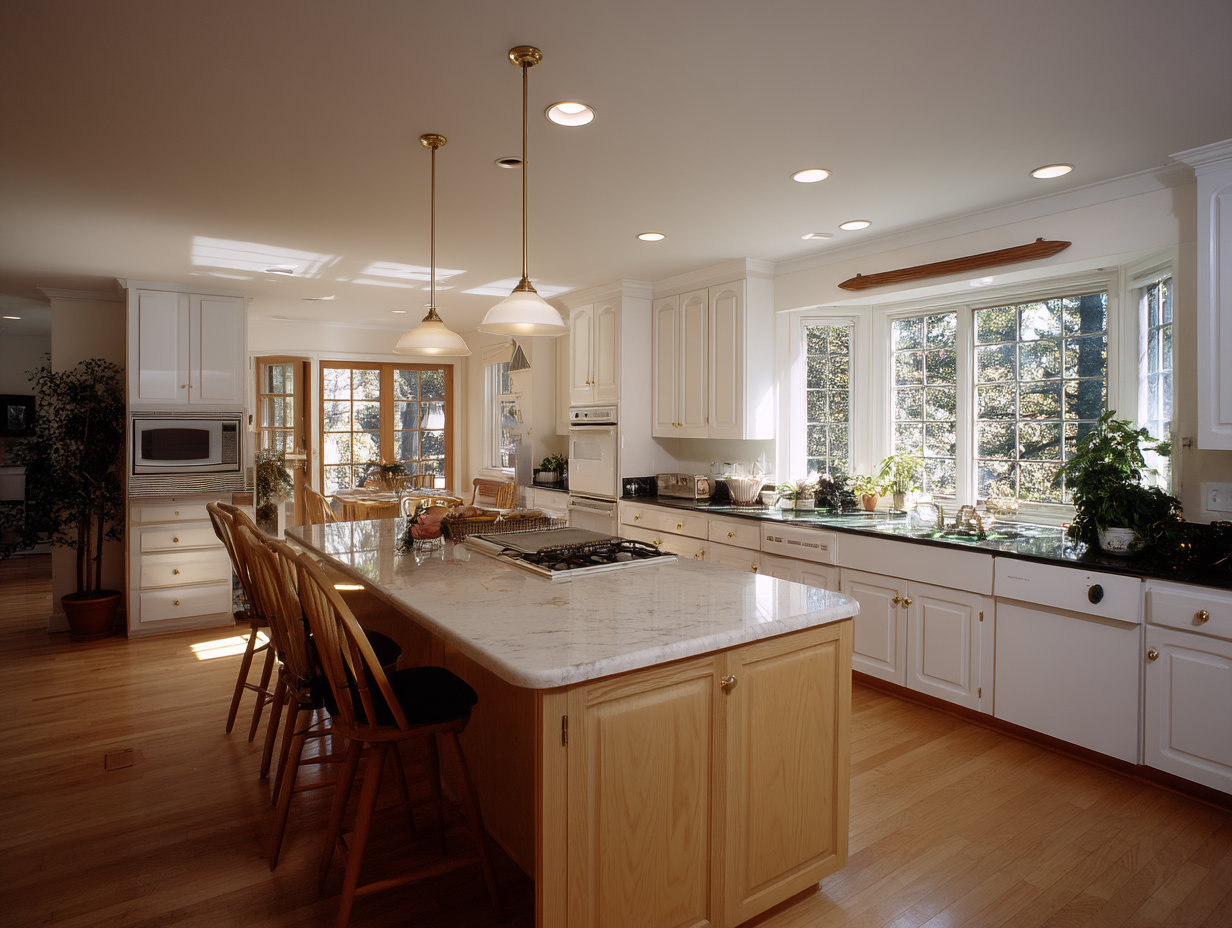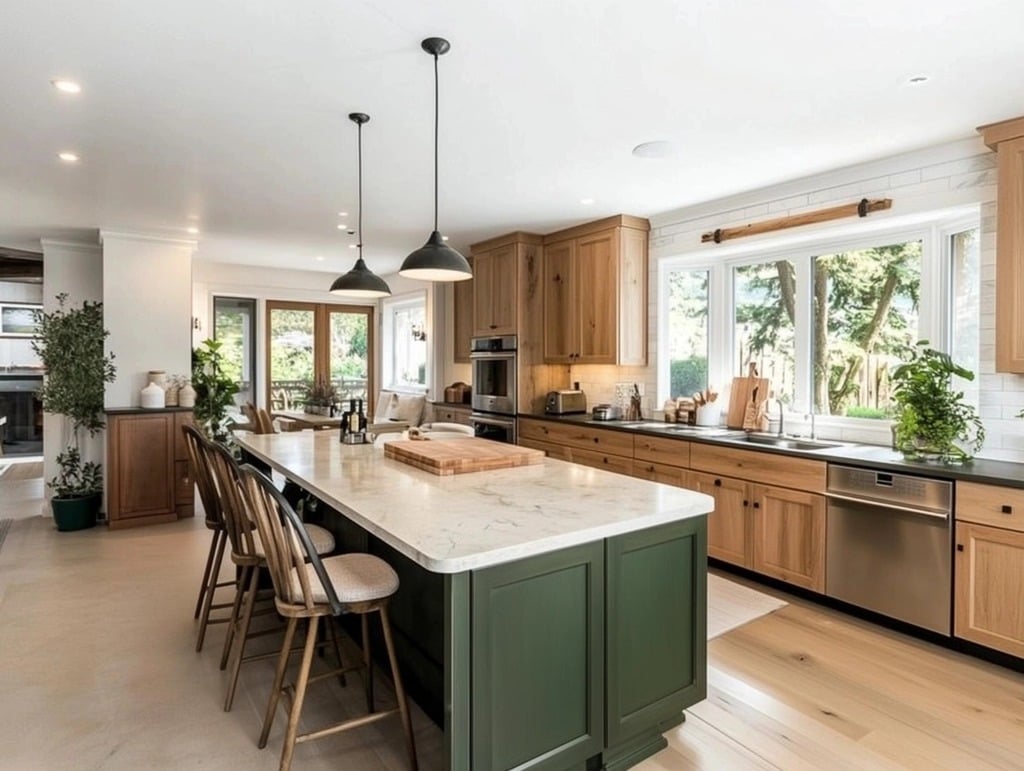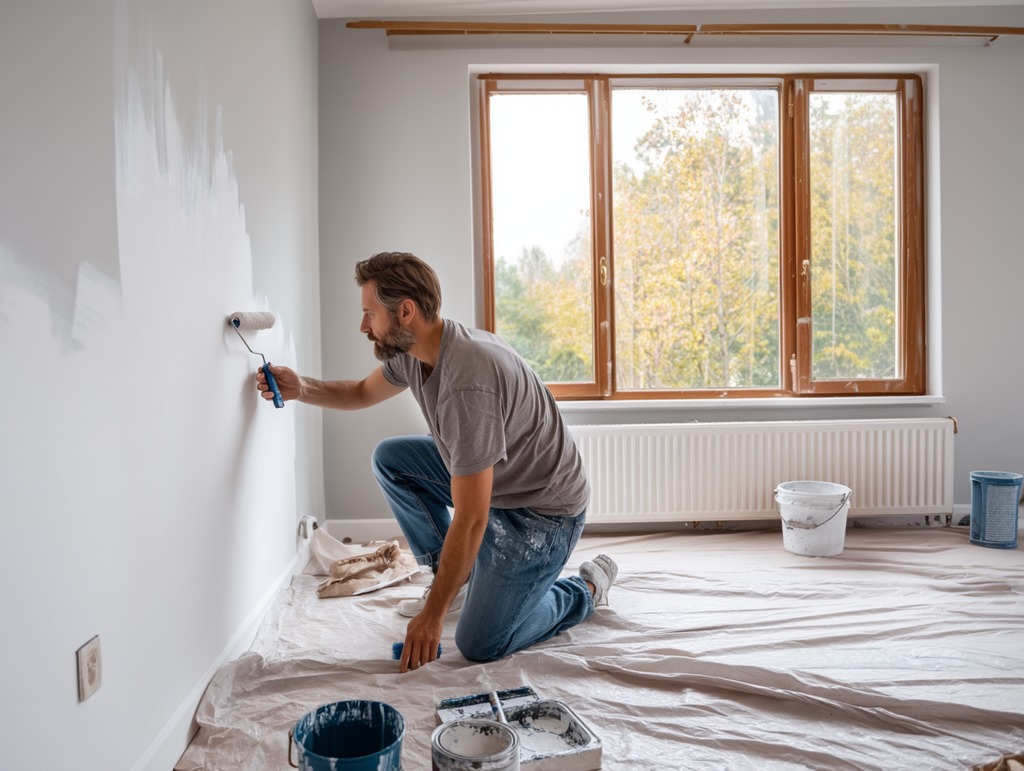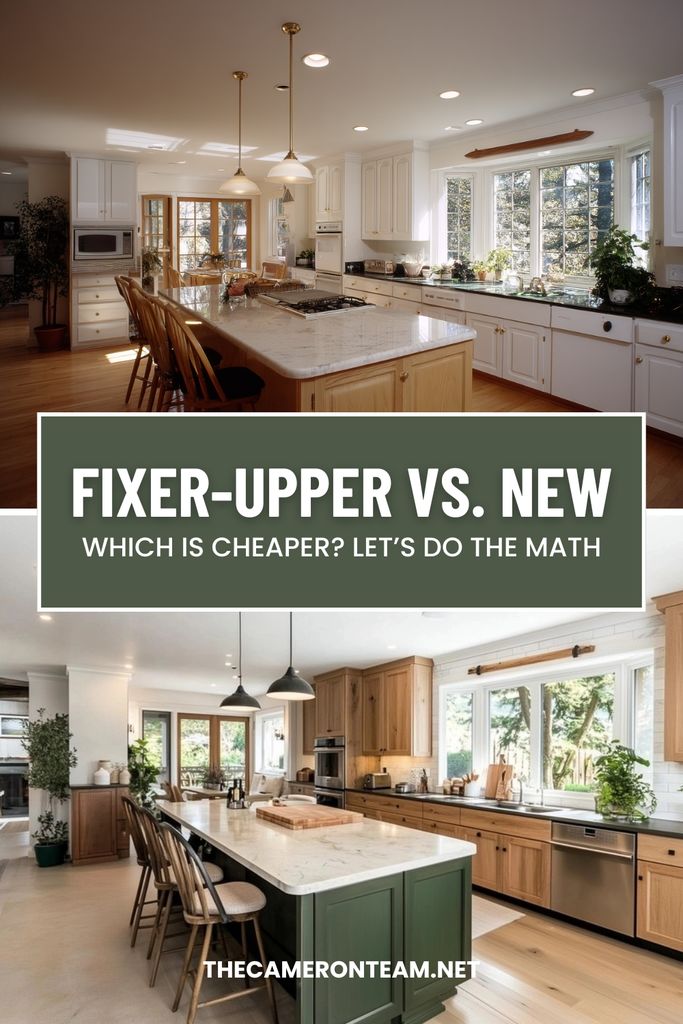It’s a classic real estate conundrum: should you buy the house that’s already updated and move-in ready, or roll up your sleeves and invest in a fixer-upper? At first glance, the appeal of a lower purchase price can make a fixer-upper seem like a bargain. But once you factor in renovation costs, time commitments, and potential hidden surprises, the math can get a little more complicated.
If you’ve been house hunting for any amount of time, you’ve probably noticed the price gap between beautifully staged, move-in-ready homes and the ones with avocado green kitchens straight out of the 1970s. But is that gap wide enough to make renovations worthwhile? Let’s break it down with real numbers and real scenarios so you can decide what’s right for your budget and lifestyle.
The Basics: Fixer-Upper vs. Move-In Ready
Move-In Ready Home
These homes have been updated with modern kitchens and bathrooms, fresh paint, new flooring, and often, improved energy efficiency. They’re turnkey and require little to no immediate work.
Fixer-Upper
Fixer-uppers are properties that need varying levels of renovation—from cosmetic updates like painting and new flooring to full-scale overhauls involving plumbing, electrical, and structural repairs.
The Purchase Price Comparison
Let’s say you’re looking at two homes in the same neighborhood:
-
Move-In Ready Home: $425,000
-
Fixer-Upper: $325,000
That’s a $100,000 difference. At first glance, it seems like a no-brainer. But that’s where the real math begins.
Renovation Costs: What’s Typical?
Here’s a general cost breakdown for typical renovation projects:
| Renovation Type | Average Cost Range |
|---|---|
| Full Kitchen Remodel | $25,000 – $50,000 |
| Bathroom Remodel (per bath) | $10,000 – $25,000 |
| Interior Painting | $4,000 – $10,000 |
| Flooring Replacement (whole home) | $8,000 – $20,000 |
| Roof Replacement | $8,000 – $15,000 |
| HVAC System | $5,000 – $12,000 |
| Electrical/Plumbing Upgrades | $5,000 – $20,000 |
| Miscellaneous Repairs & Permits | $5,000 – $10,000 |
A typical whole-house renovation could easily run between $60,000 and $150,000, depending on the extent of the repairs and the materials used. So, that $100,000 you “saved” on the purchase price? It could be eaten up pretty quickly.
Renovation Scenario: Let’s Do the Math
Let’s assume you buy the $325,000 fixer-upper and plan for mid-range updates:
-
Kitchen: $35,000
-
Two Bathrooms: $30,000
-
Flooring: $15,000
-
Painting: $6,000
-
HVAC: $8,000
-
Roof: $10,000
-
Electrical/Plumbing: $10,000
-
Permits and Misc: $6,000
Total Renovation Cost: $120,000
Final Cost After Renovations: $325,000 + $120,000 = $445,000
Now compare that to the $425,000 move-in ready home.
You’ve actually spent $20,000 more to renovate the fixer-upper to a similar level. And that doesn’t even factor in the cost of living elsewhere while the work is done, the stress of project management, or the risk of unexpected repairs (like mold, termites, or foundation issues).
Financing Considerations
Move-In Ready Home
-
Easier to finance with a conventional loan
-
Lower upfront costs
-
Move-in timeline is immediate
Fixer-Upper
-
May require a renovation loan like an FHA 203(k), Fannie Mae HomeStyle, or cash out of pocket
-
More hoops to jump through with lenders and appraisers
-
Construction timeline can delay your move-in by months
Let’s say you finance a $425,000 home with 10% down at 6.5% interest:
-
Monthly Payment (P&I): ~$2,426
For the fixer-upper, assume $325,000 purchase + $120,000 renovation financed with a renovation loan:
-
Loan Amount: $445,000
-
Monthly Payment (P&I): ~$2,538
Even though you started with a lower purchase price, your monthly payment could end up higher after financing renovations.
Equity Potential: Can a Fixer-Upper Pay Off?
The one place where fixer-uppers can truly shine is equity—if you buy smart and renovate wisely, your property could be worth significantly more than your total investment.
Let’s return to our scenario:
-
You buy for $325,000
-
Spend $120,000 on renovations
-
Final investment: $445,000
-
If your improved home appraises for $500,000, you’ve gained $55,000 in equity.
But this only works if:
-
The renovations were done professionally and appeal to buyers
-
You didn’t over-improve for the neighborhood
-
The market supports the higher value
In a flat or declining market, that equity gain could be smaller—or non-existent.
Time, Stress, and Lifestyle Costs
Renovating a home isn’t just about the money—it’s about your time, energy, and sanity.
Move-In Ready Pros:
-
Immediate occupancy
-
Less stress
-
Predictable expenses
Fixer-Upper Cons:
-
Project delays
-
Contractor availability issues
-
Permit headaches
-
Surprise expenses
-
Potential need for temporary housing
Even if the fixer-upper is cheaper on paper, these lifestyle factors carry weight—especially if you’re moving with kids, pets, or on a tight timeline.
The Middle Ground: Cosmetic Fixer-Uppers
Not all fixer-uppers are created equal. Some just need a little elbow grease:
-
Paint
-
New light fixtures
-
Updated hardware
-
Minor landscaping
If you can find a property with good bones that only needs cosmetic updates, you might walk away with instant equity without the headaches of a full renovation.
These light fixer-uppers often offer the best balance of affordability and value-add potential.
The Verdict: Is It Really Cheaper?
So, is it cheaper to buy a fixer-upper?
It depends.
Here’s a quick cheat sheet:
| Situation | Winner |
|---|---|
| You’re on a tight timeline | Move-In Ready |
| You want to customize every detail | Fixer-Upper |
| You want predictable costs | Move-In Ready |
| You’re handy or have contractor connections | Fixer-Upper |
| You’re buying in a hot market with limited inventory | Fixer-Upper |
| You need to finance everything conventionally | Move-In Ready |
Ultimately, the best option is the one that aligns with your budget, lifestyle, and tolerance for uncertainty. If you’re the kind of person who gets excited about before-and-after projects and you’ve got some buffer built into your budget, a fixer-upper could be a great way to create your dream home and build equity.
But if the thought of managing contractors, applying for permits, and dealing with dust and delays sends you running, a move-in ready home might be well worth the extra money upfront.
Final Thoughts: Think Long-Term
When weighing your options, be sure to:
-
Get detailed estimates before buying a fixer-upper
-
Hire a qualified home inspector to identify hidden issues
-
Compare total ownership costs, not just sticker prices
-
Work with a real estate agent who understands the local market and can help you spot value-add opportunities
In places like Wilmington, Leland, and surrounding areas in coastal North Carolina, the right fixer-upper could turn into a coastal charmer that’s uniquely yours. But it takes careful planning, a bit of grit, and a good eye for potential.
If you’re curious about fixer-upper opportunities or want help weighing the cost-benefit of buying a move-in ready home, our team is here to help. We’ve walked clients through both paths—and we can help you run the numbers for your unique situation.
Want to start the conversation? Reach out today and let’s talk about your goals. Whether it’s sweat equity or smooth sailing, we’re here to help you find the right home for your next chapter.








